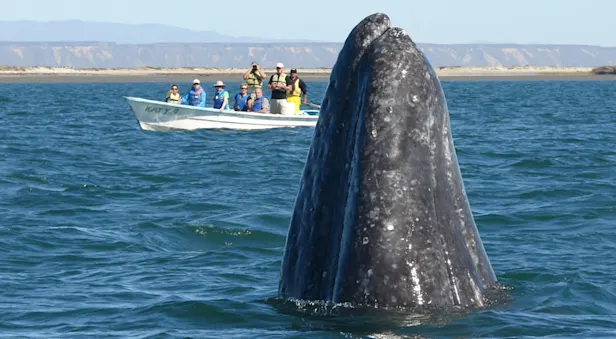From Costa Rica's cloud forests to Baja's bays and deserts, Mexico and Central America harbor an astounding array of ecosystems and species. On our small-group nature adventures and Photo Expeditions, witness millions of monarch butterflies, endangered sea turtles, iridescent hummingbirds and 30-ton gray whales nurturing their young. Nowhere is the in-depth knowledge of our Expedition Leaders more valuable than amid this fantastic biodiversity, as we explore remote realms rich with wildlife and wonder.
Classic Nature Tours

Sea Turtles & Wildlife of Northern Costa Rica
Look for endangered turtles coming ashore to lay their eggs, search for rare tapirs in a private rainforest reserve, seek out scarlet macaws and more, based at remote and luxurious ecolodges.


Custom Family Costa Rica Adventure
A rain forest discovery for all ages! Choose from exciting activities like zip lining, horseback riding and float trips as you explore Costa Rica's tropical wild side.


Costa Rica Private Custom Adventures
From rain forest birding to cloud forest trekking, jungle river running to tropical beach lazing, let us help craft your dream nature escape to Costa Rica!






































